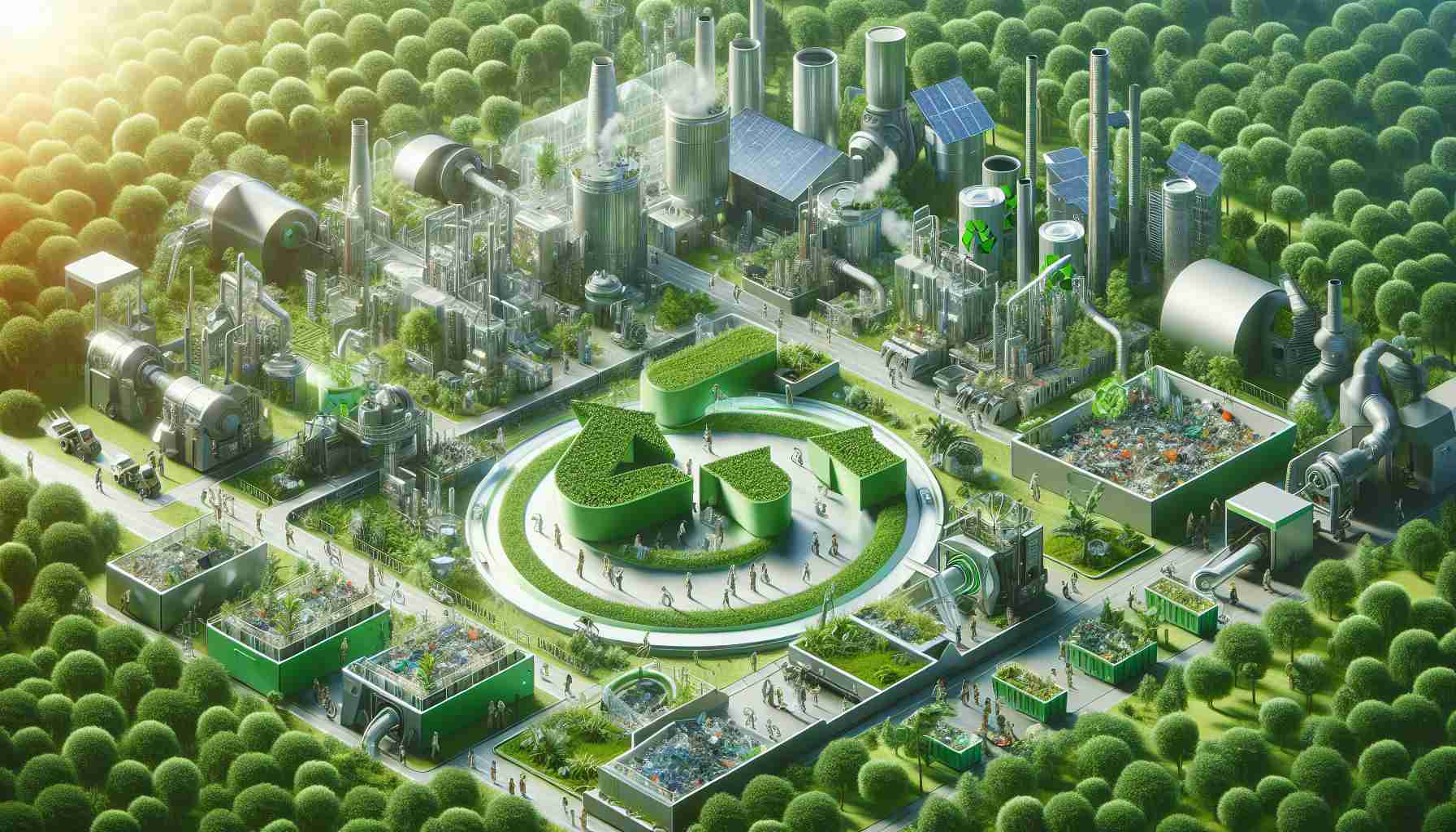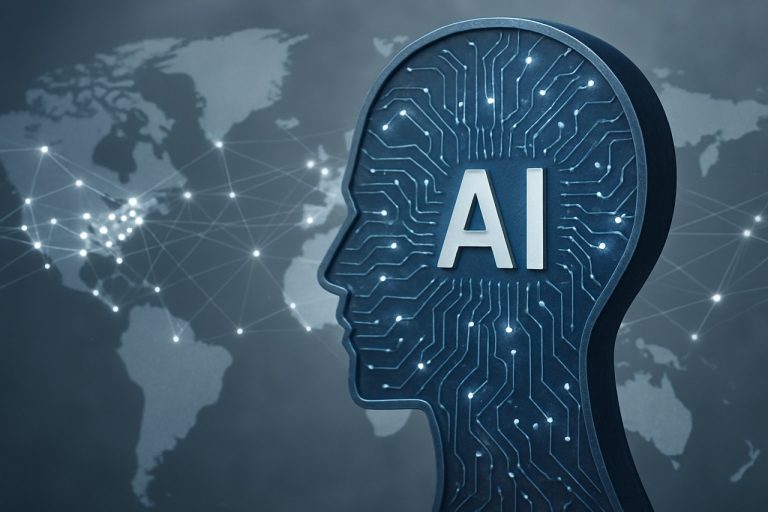
Embracing Circularity Without a Treaty
The journey towards a circular economy is underway, transcending the need for formal treaties. To fast-track this movement, we must prioritize better ties to recycling facilities, enhancing our infrastructure and supply chains. Embracing innovations in sorting technologies, such as artificial intelligence and smart digital product markers, is essential for this shift.
In addition to improving sorting, implementing state-of-the-art chemical and mechanical recycling methods is vital to encourage more sustainable practices. A significant transformation in our approach is required—this means adopting flexible, technology-driven solutions like software-defined automation that can quickly adapt to the changing market needs.
Industries must also commit to reducing the reliance on single-use plastics. Schneider Electric exemplifies this commitment with its ambitious goal of completely phasing out single-use plastics in primary and secondary packaging by 2025, instead opting for recycled cardboard.
To thrive in this new ecosystem, a full departure from the traditional “take-make-dispose” model is necessary. A regenerative approach—focused on crafting durable, repairable, and recyclable products—should be the standard.
Driving this transformation necessitates collaboration across various sectors to foster the development of advanced recycling technologies. By collectively striving for these goals, we can significantly reduce plastic waste and promote a more sustainable future.
Breaking the Chains: How Circular Economy Innovations Are Revolutionizing Sustainability
Embracing Circularity: A Shift Towards Sustainability
The transition to a circular economy is gaining momentum, marked by a commitment to innovation that renders traditional paradigms obsolete. This shift emphasizes the significance of enhancing connections with recycling facilities and optimizing the infrastructure and supply chains essential for sustainably managing materials.
Innovations Driving the Circular Economy
1. Advanced Sorting Technologies
Leveraging artificial intelligence (AI) and smart digital product markers can drastically improve the efficiency of recycling processes. AI can sort waste materials more accurately than any traditional method, significantly increasing the volume of recyclable materials that are successfully processed.
2. State-of-the-Art Recycling Techniques
Incorporating cutting-edge chemical and mechanical recycling methods is paramount in this journey. These methods not only improve the quality of recycled materials but also expand the range of products that can be effectively recycled.
Flexible Solutions and the Role of Technology
The modern circular economy demands adaptive technologies. Innovations like software-defined automation enable swift responses to market changes, making businesses more resilient and responsive to sustainability challenges. For example, these solutions can help industries pivot to using more recycled materials as they become available.
Industry Commitments to Sustainability
Several companies are setting formidable benchmarks within this framework. For instance, Schneider Electric is leading the charge by aiming to eliminate single-use plastics in primary and secondary packaging by 2025. This commitment illustrates how major corporations can take decisive action to shift toward sustainable materials, such as recycled cardboard.
A New Economic Paradigm: Regenerative Practices
Transitioning away from the linear “take-make-dispose” model requires embracing a regenerative approach that emphasizes the creation of durable, repairable, and recyclable products. This new outlook positions sustainability as a fundamental aspect of product design and consumer behavior.
Collaboration: The Key to Success
To realize the goals of a circular economy, collaboration among various sectors is crucial. By uniting efforts, stakeholders can innovate and share advancements in recycling technologies, significantly reducing the overall plastic waste. Inter-industry partnerships can lead to the development of systems that efficiently reclaim materials, therefore fostering a truly sustainable economy.
Pros and Cons of the Circular Economy
– Pros:
– Reduces waste and conserves resources.
– Promotes innovation and sustainable product design.
– Enhances economic resilience through diverse material streams.
– Cons:
– Requires significant investment in new technologies and training.
– Shift in consumer behavior is often slow and resistant to change.
– Initial costs may deter small businesses from adopting sustainable practices.
Insights and Predictions
Research indicates that the global market for recycled materials is expected to grow significantly in the coming years, propelled by increasing regulations and consumer demand for sustainable products. As more industries adopt circular practices, we can anticipate innovations that further enhance recycling efficiency, potentially leading to a decrease in the reliance on virgin materials.
Conclusion
The journey toward a circular economy is not just an obligation; it is an opportunity for innovation and growth. By prioritizing advanced recycling technologies and implementing sustainable practices, industries can play a pivotal role in redefining our approach to resource management. Such advancements not only promise environmental benefits but also usher in a new era of economic resilience driven by sustainability.
For more insights on sustainability initiatives and practices, visit Circular Economy.



